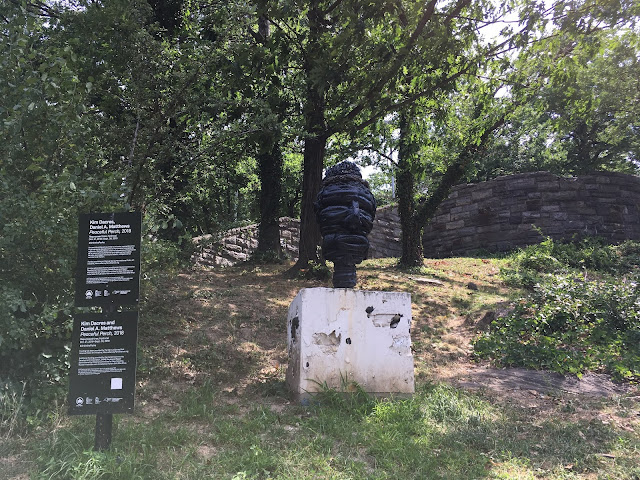20th April 2019
I make life difficult for myself. I have to go and see those snipes, but I cannot take the car all by myself, so I need to find company to justify those carbons in the air, and I am finding low cooperation from the family, and so it has meant that despite Sagarika's constant nagging, bribing (with those lovely pictures), and whining, I did not go to see them. (She claims she was after me since February, but she loves to be technical and specific about these matters.)
After extracting a promise that I will not malinger or wander or get a heatstroke, (I am known to do all three), my husband decided to be the other warm body as we set off to see the Snipes of Karapakkam.
In the process we saw the relentless march of construction in the Pallikaranai marsh, as we followed instructions into some interior roads where every few plots were empty and marshy and supporting swamp hens, pond herons and warblers and sunbirds, while multi-storeyed buildings and debris filled more and more of the wetland.
We parked in one of the lanes and walked around stopping at each marshy plot. Flashes of purple as swamp hens fluttered from one plot to the other. A watercock walked into the reeds as did a bittern. A plain prinia flitted among the reeds, calling sharply as it swayed precariously on the slim blade. A purple-rumped sunbird flashed across heading for the wildflowers that were growing in the edges.
But no snipe did we spot. We reached the end of the road, and suddenly it was all marsh ahead. We seemed to have reached the existing boundary of construction, a road running south-north along the edge. At the far end, we saw a gaggle of photographers and binocular-wielding humans and we knew that must be where the snipes are! We hurried across and there they were, several of them, staring balefully and not doing very much. The Greater Painted Snipes. My first time.
GK was there and filled me in on some rather interesting aspects. The female is well marked, brightly coloured and polyandrous. She does the courting, and once the eggs are laid, it is the male that sits and takes care of the nest and brood while she goes out and forages! As a result the male is dull coloured. Opposite of the usual rule of brightly coloured males.
This was my first sighting of the Snipes. We also saw Common Snipes. Supposedly the Painted Snipes are not "real" snipes", Common Snipes are. The common snipe (Gallinago gallinago) does not have the role reversal of the Painted ones, and they are also more shy it appears. They had a long straight bill and a mottled appearance.
Here are the pictures from Sagarika's visit - we did not have a camera.
 |
| The Greater painted-snipe (Rostratula benghalensis) male, which is a duller brown and has that white breast band |
 |
| The spectacular colourings of the female. The eye patch looks like the letter P, doesn't it? |
Sagarika pointed me to another interesting aspect of this bird. It is the origin for the word "sniper". According to Wikipedia, soldiers of British India used "to snipe", which meant they would go and hunt and shoot these plump rather slow-moving birds. And these "sportsmen" (whats so sporting about it beats me completely), were referred to as snipers.
The Chennai sun was out by now, and the crowd of birdwatchers thinned, and we left too, not before seeing the aerial antics of some green beeeaters.



















































